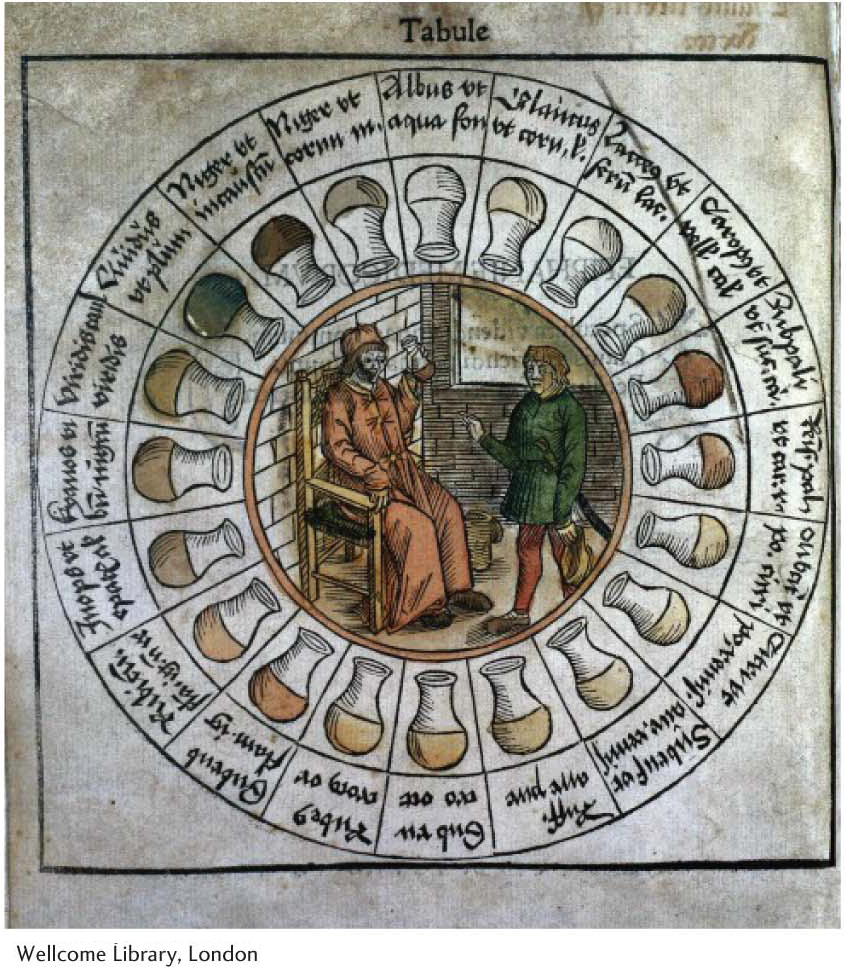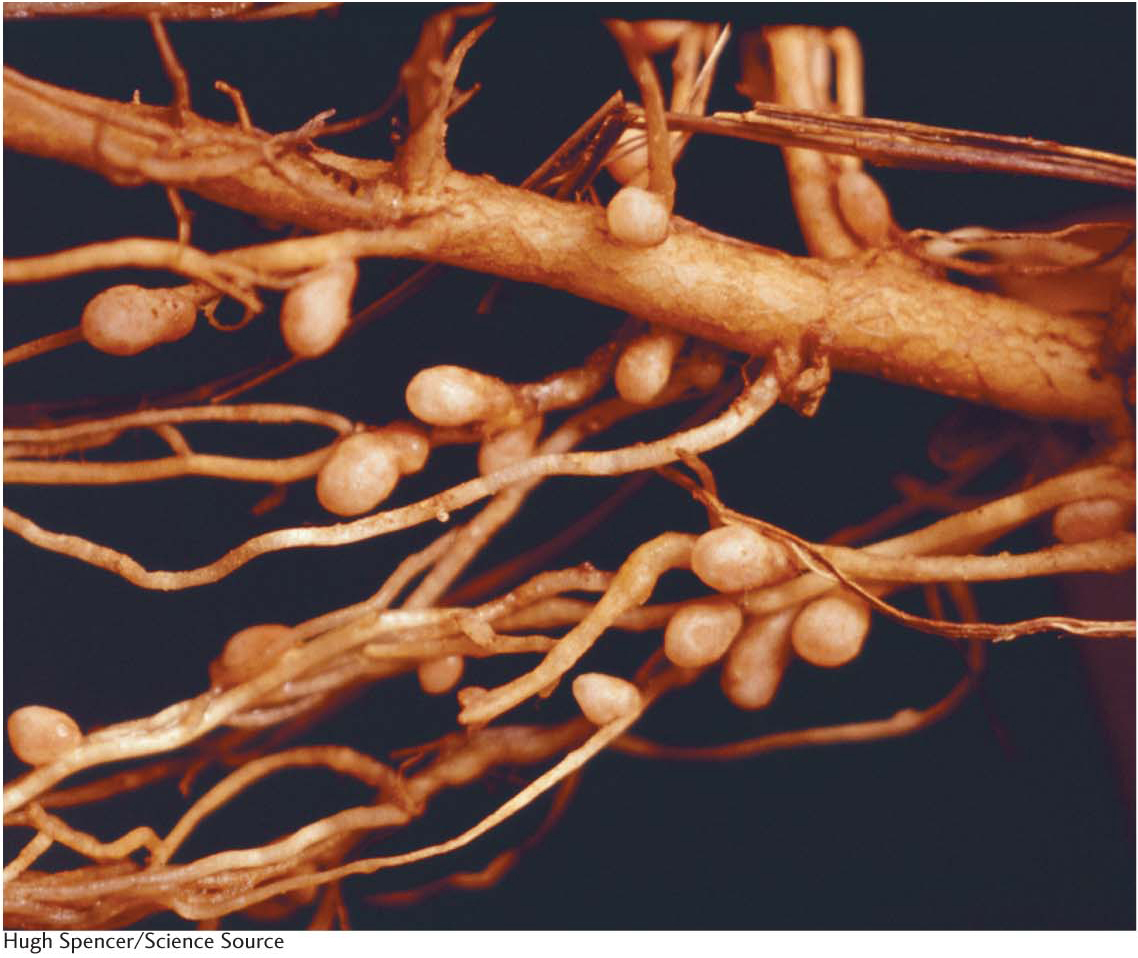
SECTION 13
The Metabolism of Nitrogen-Containing Molecules
Page 549

In this section, we examine the metabolism of nitrogen-containing compounds—specifically, amino acids and nucleoside bases. This examination will demonstrate, once again, how we are inextricably linked to our fellow inhabitants on planet Earth. As human beings, we are used to thinking of ourselves as the center of the universe, at least biologically speaking. Yet, we may have been, or should have been, humbled by the realization described in Section 10 that, without photosynthesis to introduce carbon atoms into biochemistry, we would quite literally not be here. It is humbling to realize that our lives are tied to the lives of such photosynthetic creatures as the majestic sequoias, luscious orchids, or even the ficus tree in the corner of the room, as well as to the ancestors of these living plants. However, carbon is not the only element that we depend on other organisms to provide. We, as well as all other organisms, need nitrogen. Almost every molecule that we have examined, with the exception of fuels, requires nitrogen. The primary source of this nitrogen is a special class of microorganisms—the nitrogen-fixing bacteria.
We begin our examination of the metabolism of nitrogen-containing molecules with amino acid degradation. Amino acids in excess of those needed for biosynthesis can be neither stored nor excreted. Rather, surplus amino acids are used as fuels. The α-amino group is first removed and converted into urea by the urea cycle and subsequently excreted. The resulting carbon skeletons are converted into metabolic intermediates, thus contributing to the generation of energy in the cell.
Page 550
We then move on to amino acid synthesis. We will first see how the essentially invisible inhabitants of our world—the nitrogen-fixing prokaryotes—make life possible by removing N2 from the atmosphere and reducing it to ammonia. We will see how the nitrogen is added to fundamental metabolites to yield amino acids. Next, we will examine how amino acids are used as the building blocks for a host of other important nitrogen-containing molecules. Finally, we will focus on the amino-acid-dependent synthesis of nucleotides, the precursors of the crucial information molecules DNA and RNA.
✓ By the end of this section, you should be able to:
✓ 1 Describe the fate of nitrogen that is removed when amino acids are used as fuels.
✓ 2 Explain how the carbon skeletons of the amino acids are metabolized after nitrogen removal.
✓ 3 Explain the centrality of nitrogen fixation to life, and describe how atmospheric nitrogen is converted into a biologically useful form of nitrogen.
✓ 4 Identify the sources of carbon atoms for amino acid synthesis.
✓ 5 Describe how nucleotides are synthesized.
✓ 6 Explain how nucleotide synthesis is regulated.




